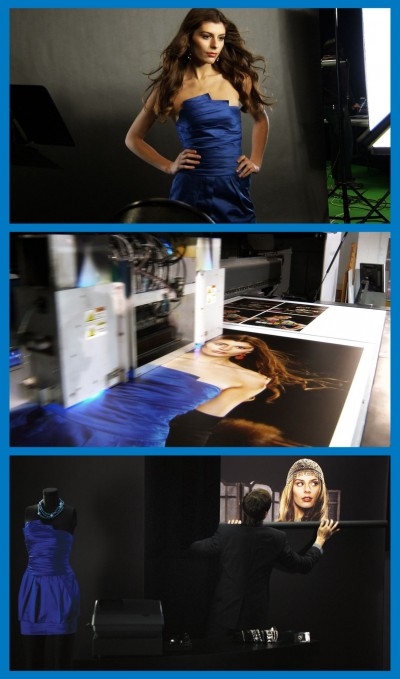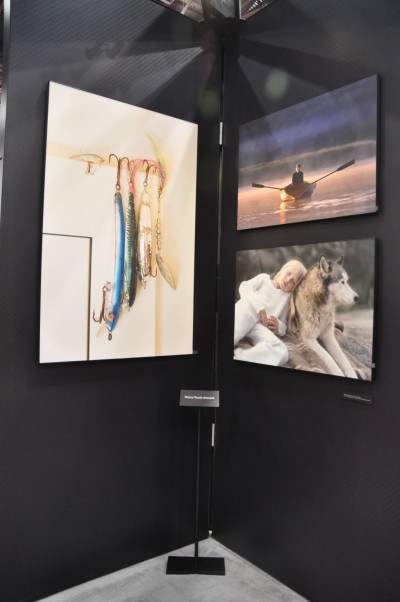By Dan Halkyard
The point-of-purchase (POP) graphics printing sector might not traditionally be known for its sustainability or ‘eco-friendliness.’ Given the nature of POP displays, after all, the graphics need to be changed out often, to keep up with the latest product and service offerings, sales, promotions and trends. As a result, graphics quickly serve their purpose, become outdated and are discarded.
With today’s ‘go green’ mentality, however, traditional signmaking methods are no longer in sync with the demands of many of their major customers—ranging from retailers to government departments—who are concerned with reducing waste going to landfills. In Toronto, for example, the municipal government is encouraging a ‘green economy’ through a combination of local bylaws and programs designed to help businesses transition into more sustainable practices.
In this respect, the wide-format graphics sector’s practices need to be re-evaluated to reduce environmental impact. One answer is to turn to magnetic-receptive technology, which better supports retail outlets’ changeable in-store campaign graphics through ease of use and reduction of waste.
Sticking to it
A magnetic-receptive material is one that, like steel or iron, will ‘stick’ to a magnet. The concept behind magnetic-receptive graphics is to coat a thin, flexible, printable film with micro-iron particles on the rear surface, such that the substrate will then be attracted to a magnetic system.
The film can be printed with digital or analogue processes and devices, depending on the coating on its front surface. No special knowledge is required on the part of the graphics printing professional.

With magnetic-receptive materials, retailers can more efficiently develop and print new wide-format graphics for in-store installation.
Once printed, the film is applied to a thin, flexible magnetic sheet. These are available in rolls or as single sheets in widths up to 0.6 m (2 ft). Some come with an adhesive on their rear surface, making them easy to apply to store fixtures or frames. Others are double-sided, such that one side is applied to a metal frame or stuck to magnetic-receptive paint on a wall, while the side facing away from the wall or fixture then supports the graphic.
The magnetic-receptive paint ‘activates’ the wall surface, as it contains micro-iron particles similar to the rear surface of the printed media. This is what allows the magnetic sheet to stick to the wall.
Some magnetic systems also offer built-in ‘locking,’ such that when two magnetic components are joined, they align themselves perfectly to each other and lock into place. This allows the layering of dimensional graphic fixtures atop magnetic-receptive bases, including those with images, to create eye-catching three-dimensional (3-D) results.






